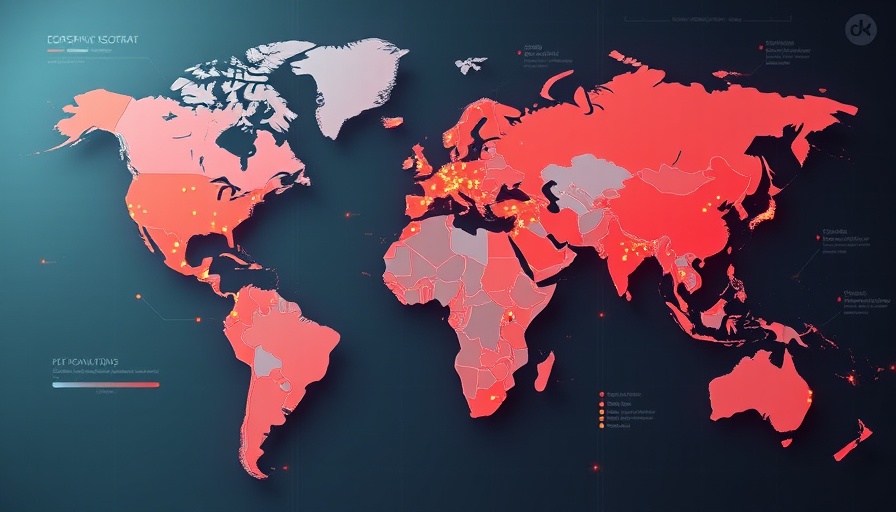
The Global R&D Landscape: Understanding America's R&D Lead and Asia's Explosive Growth
In the rapidly evolving landscape of global research and development (R&D), the United States has traditionally dominated, investing about $1 trillion annually into R&D efforts. With plans to increase this expenditure to approximately $1.2 trillion by 2027, one might view the U.S. position as secure. However, emerging trends indicate that this advantage is under serious threat from nations in Asia, particularly China. This article explores the current state and future predictions of the global R&D landscape, applying insights derived from recent data and analyses.
The Numbers Tell a Story
As of 2025, the figures reveal a startling truth: while the U.S. seems to spend the most in absolute terms, China is closing the gap in surprising ways. China has surpassed the half-trillion-dollar mark in R&D expenditure, matching or even exceeding the combined R&D investments of several European nations. By 2027, it's projected that China could spend over $600 billion annually, solidifying its position as a formidable competitor.
An Analysis of Regional Variability
It's essential to contextualize these numbers through the lens of R&D intensity relative to GDP. Countries like South Korea and Japan are investing remarkably high percentages of their GDP in R&D, suggesting a cultural commitment to innovation that is enabling these nations to punch above their weight class in the global arena. In particular, South Korea allocates more than 4% of its GDP to R&D, a number that dwarfs other advanced countries and showcases a deep-rooted dedication to fostering industrial advancements.
The Rise of Asia: Regional Innovations
Asian cities are also emerging as key global R&D hubs. Beijing, Seoul, and Bangalore are gaining ground as innovation centers, reflecting a shift in the global epicenter of R&D initiatives. These urban areas are not only investing heavily in their technologies but are also fostering startups and sustainable industries that emphasize high-tech developments. Silicon Valley may still be the world-renowned hub of innovation, yet these growing cities are redefining competition on their own terms.
Sector-Specific Investments: The New Battleground
While overall patterns showcase a clear East-West dynamic, examining sector-specific R&D investments reveals a more nuanced picture. Notably, in the automotive sector, Germany still maintains its dominance, while China excels in electronics, a sign of the intense rivalry developing not just on a national level but also across industries. The competition isn't merely about who spends the most but about who can lead in specific technologies critical for the future.
Implications for Leadership
The implications of this shifting balance cannot be overstated. Countries traditionally viewed as innovation leaders must adapt swiftly; the approach to maintaining a competitive edge is starting to change. The past reliance on traditional methods of support for scientific inquiry is now complemented by strategic industrial policies that reflect a more integrated view of technology and innovation.
Charting the Future
Looking ahead, the U.S. must recalibrate its approach to R&D in the face of intensifying competition from Asia. As China and its neighbors elevate their commitment to innovation, American policymakers will face the monumental task of fostering an environment that not only nurtures scientific inquiry but also promotes the commercialization of technological advances to ensure that the U.S. does not lag behind.
Conclusion: A Call to Action
The landscape of global innovation is changing. With Asia's rapid ascent, especially from China, traditional leaders like the U.S. must adapt to secure their positions in the future. CEOs, policymakers, and industry leaders must recognize this evolving context and act decisively to innovate and collaborate. The time for action is not tomorrow; it is today, to engage with upcoming trends and foster the innovation necessary for competitive survival in a redefined global economy.
 Add Row
Add Row  Add
Add 




 Add Row
Add Row  Add
Add 

Write A Comment